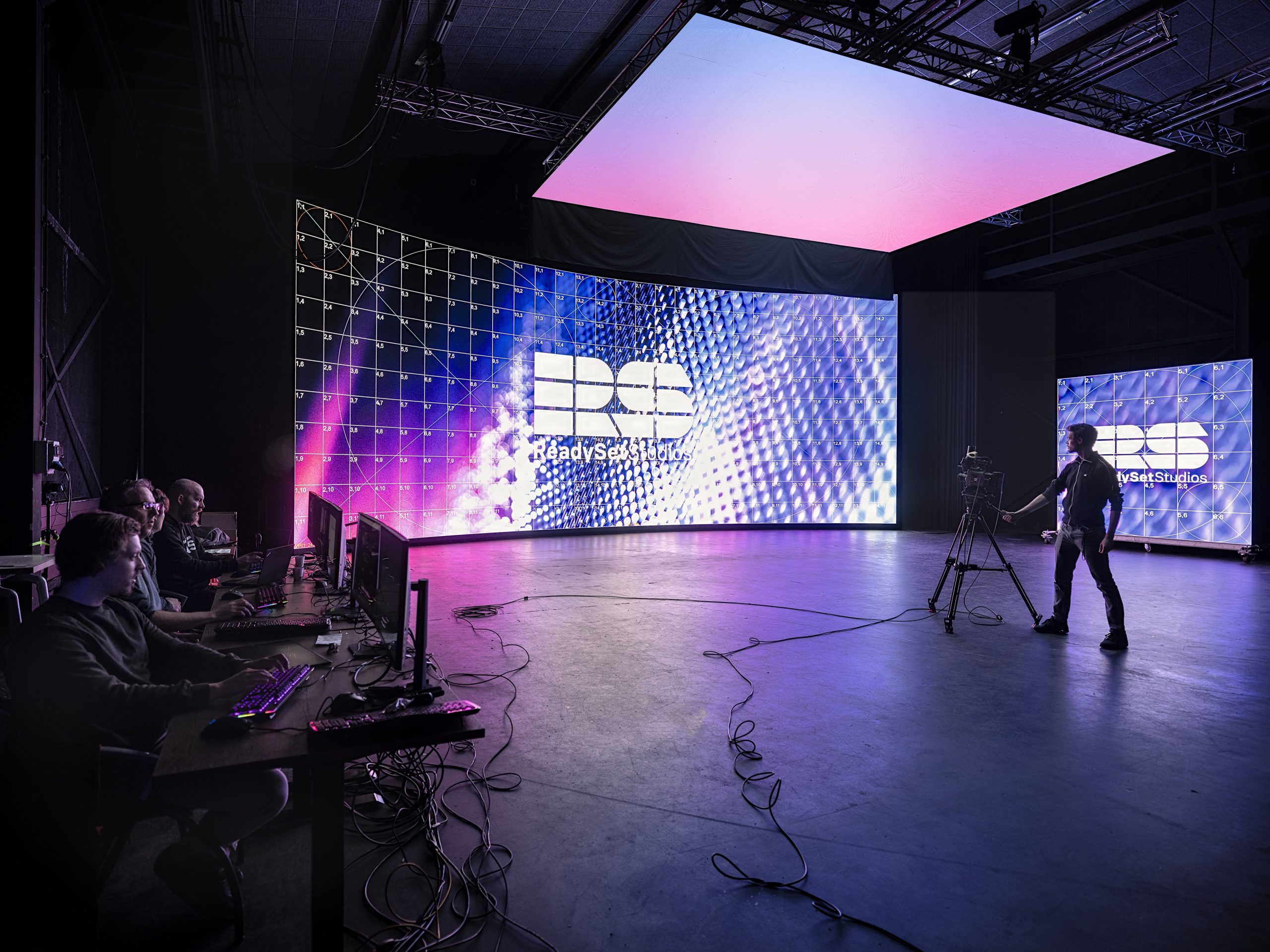Investigating the Durability of LED Display Screens in Comparison to Conventional Display Methods
Investigating the Durability of LED Display Screens in Comparison to Conventional Display Methods
Blog Article
Light-emitting diode wall screens have grown progressively popular in recent times, especially in settings like educational institutions, corporate spaces, and community areas. These screens use light-emitting diodes (LEDs) to produce vivid and lively images. One of the most significant benefits of LED innovation is its longevity compared to conventional display technologies, such as CRT tube monitors (CRTs) and liquid crystal displays. Understanding the differences in lifespan and performance between these technologies can help buyers make knowledgeable choices about their display requirements.
Traditional display technologies, like CRTs, have been present for many decades. They were frequently used in televisions and PC screens. However, CRTs have a shorter duration, typically lasting around 10,000 to 20,000 hrs of operation. This means that after a couple of years, users may notice a deterioration in picture quality, such as fading or color distortion. In comparison, LED wall panels can last considerably longer, frequently exceeding 50,000 hrs. This prolonged lifespan means that users can enjoy consistent functionality without the need for frequent substitutions.
Another crucial factor to take into account is power efficiency. LED panel panels utilize less energy than traditional displays, which not only benefits the ecosystem but also reduces power expenses. For example, while a CRT monitor may consume around 100 watts about this of energy, an LED panel can use as few as 30 to 50 W. This difference in power consumption contributes to the total longevity of LED technology, as reduced energy usage generates less thermal energy. Excessive thermal energy can harm electronic components, resulting to a reduced lifespan for conventional displays.
In furthermore to their longer lifespan and energy conservation, LED wall screens also provide superior visual quality. They offer more vivid colors and improved contrast, making them ideal for various uses, from marketing to learning presentations. The technology behind LED screens allows for a wider viewing perspective, meaning that visuals remain clear and vibrant even when seen from the flank. This is a significant benefit over conventional screens, which frequently suffer from color deformation and reduced luminosity at wider angles.
In conclusion, the durability of LED panel screens compared to conventional screen methods is a key factor for buyers to take into account. With lifespans that can exceed 50,000 hours, energy conservation, and enhanced visual clarity, LED technology offers many benefits. As innovation continues to progress, LED panel panels are probably to turn even more common in multiple environments. Grasping these differences can help people and organizations make improved decisions when purchasing in display innovation, ensuring they receive the best value for their needs.